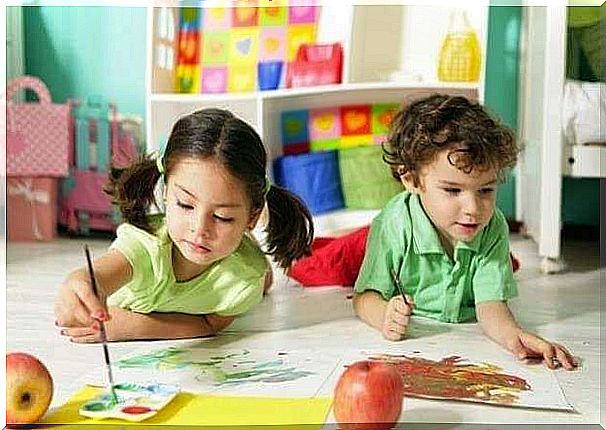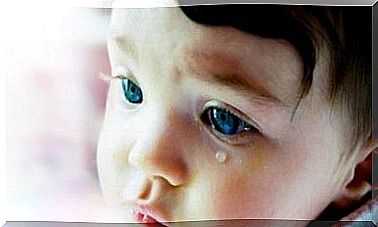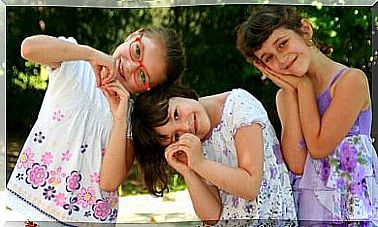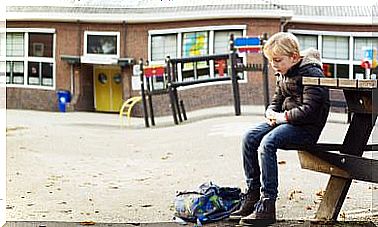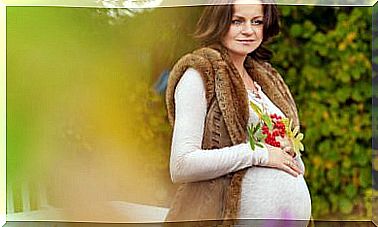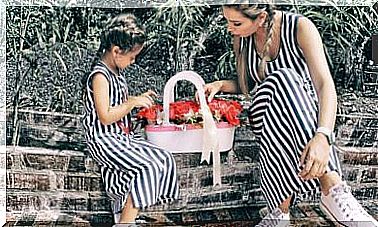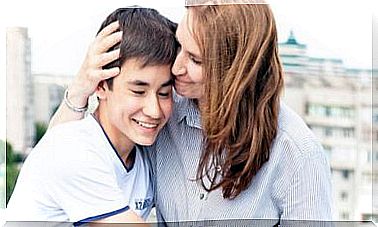What Do Your Child’s Drawings Say?
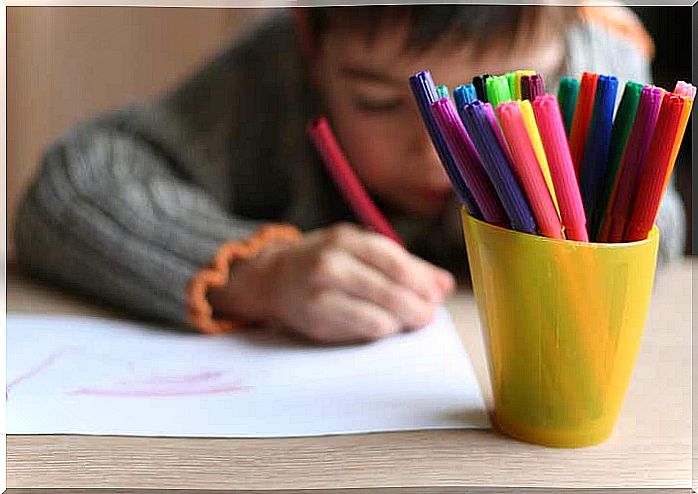
From the first scribbles, children express some traits of their personality but also their fears, their emotions and their way of seeing the world. What do your child’s drawings say? We help you interpret them.
The stages of your child’s drawings
One year
At this age the child has no intention or ability to represent shapes, figures or objects.
Although it may allow us to explore some early details of your affectivity and temperament.
Two years
From the second year on, the child is able to shape the scribbles. It is no longer just disjointed lines but groupings of strokes are observed in outlined shapes.
They can be the first attempts to represent real-world objects, and also begin experimentation with different colors.
Three years
Now the first shapes that identify objects or people can appear.
The drawing may already have a clear intention to communicate situations, characters and emotions. The shape is outlined and we can recognize in them the first sketch of the human figure.
Five years
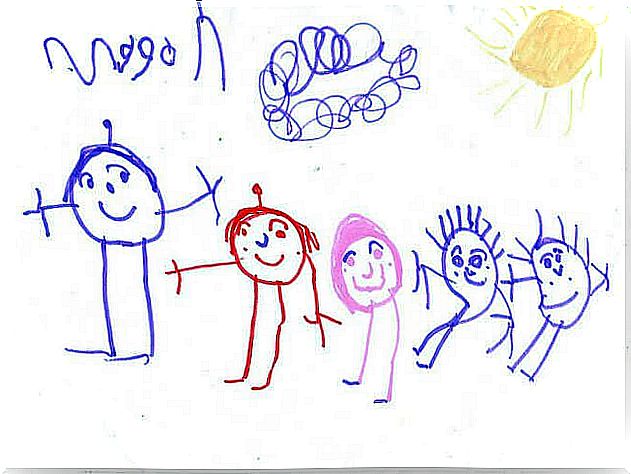
The different cognitive structures have matured and drawing is one of the facets in which the child has progressed.
Now the human figure is perfectly identifiable and features most of the main elements: Head, body and upper and lower extremities.
In addition, another important aspect appears: differentiation , that is, when several human figures are painted and the child is able to paint differential features in each of them.
This detail is important since it is a symptom of creativity and the ability to observe the environment.
Six years
From this age on, drawing is consolidated and is one more tool.
The drawing will be a communicative platform, a showcase where we will be shown a mosaic of sensations and emotions, that is, the inner world of the child.
Now, human figures and objects interact within the paper and the child can capture them, not only as individual forms but also as part of a staging, of a concrete situation.
What do your child’s drawings say?

There are some clues that can guide parents about what their child’s drawing says. However, it should not be forgotten that they are merely indicative guidelines. The main ones are the following:
How you hold the pencil
One of the first things to observe is how the child holds the pencil between his fingers. If the hold is loose, we see a child relaxed, calm, while if it is tight it denotes tension or nervousness.
The size of children’s drawing
Normally it has a lot to do with the child’s life energy and its tendency to expand or retract. Children who are more shy or have low self-esteem draw small pictures, and those who are more cheerful or outgoing tend to draw pictures that occupy about 50% of the page.
Direction of drawing
Normally if the drawing is directed to the left it denotes introversion and distancing, and to the right, communication and extroversion.
Drawing location
If the drawing is at the top of the page, it usually indicates that you have a tendency to fantasize.
When they put it on the bottom, they indicate that they need security and that they are clearly realistic.
On the right side they are usually outgoing and forward looking, and on the left introversion and inhibition.
When they place it in the center it usually indicates that they have good self-control, that they are realistic and objective.
The stroke
- The pressure of the line: if it is very strong it can indicate aggressiveness or impulsiveness, and if it is weak, shyness and inhibition.
- The shape of the line: straight lines are usually more typical of aggressiveness, but also of those who have a strong control of their emotions. Curved lines indicate softness and sweetness.
- Continuity of the line: when the lines are fragmented, it can indicate insecurity or difficulty in social relationships. When they are continuous, they report that they are more self-confident and outgoing children, without problems with sociability.
Shading
It is a technique that in the interpretation of children’s drawings can mean and anguish.
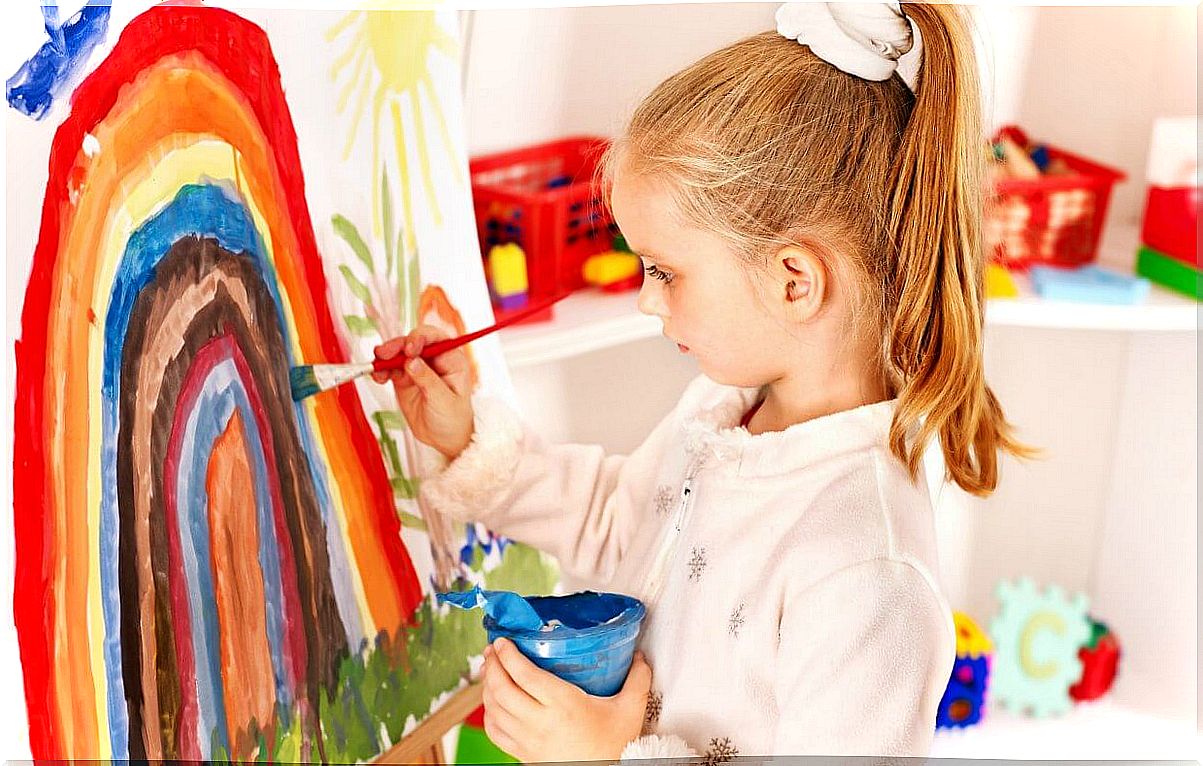
Erasures
When there are many, evidence insecurity.
Symmetry
When there is a lack of symmetry, it can indicate a mismatch of feelings of security.
The choice of colors
It is the way of expressing your feelings. If you use many colors showing joy of living, curiosity and motivation, or on the contrary if you always choose the same colors showing some insecurity.
An overly irritable child can overly mix the colors, painted one on top of the other making them almost unrecognizable.
A sentimental child has a predilection for cold and dark colors, while a fearful child does not usually color the drawings and the obsessive chooses them with extreme care without ever overflowing.
